- About us
- Support the Gallery
- Venue hire
- Publications
- Research library
- Organisation chart
- Employment
- Contact us
- Make a booking
- Onsite programs
- Online programs
- School visit information
- Learning resources
- Little Darlings
- Professional learning
Jean Appleton (1911–2003), painter and art teacher, studied at the East Sydney Technical College, before travelling to London. Strongly interested in modern art, she attended the avant-garde Westminster School, where she completed what are considered some of Australia's first cubist paintings, Still Life and Painting IX (both 1937). With the outbreak of war she returned to Australia, thereafter teaching at Canberra Grammar and then at the Julian Ashton and National Art Schools in Sydney. The first of her thirteen solo exhibitions was held at Sydney's Macquarie Galleries in 1940; over decades, she was close friends with fellow Macquarie artists Grace Cossington Smith and Thea Proctor. She painted many still-life pictures, featuring flowers and fruit arranged on sunlit indoor tables, but from the 1950s onward she also painted abstract works, often inspired by landscapes and influenced by Paul Cézanne. Though her work is now represented in major collections, Appleton was like many women artists of her generation in that recognition came late in life: she was in her eighties when a public gallery first presented a retrospective exhibition of her art.
This is a study for the self portrait with which Appleton won the inaugural Portia Geach Memorial Award in 1965. Her abstract landscapes are evoked in the background to the finished self-portrait, which is more sombre than this sketchy, light-filled, rosy study.
Gift of Laurie Curley OAM and Mrs Robyn Curley 2012
© Estate of Jean Appleton
Jean Appleton (age 54 in 1965)
Laurie Curley OAM (1 portrait)
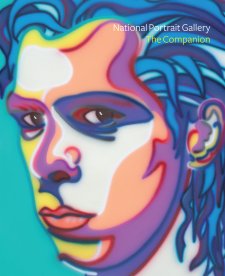

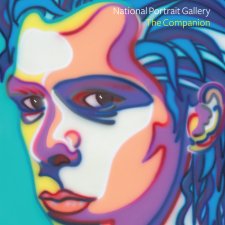
On one level The Companion talks about the most famous and frontline Australians, but on another it tells us about ourselves.
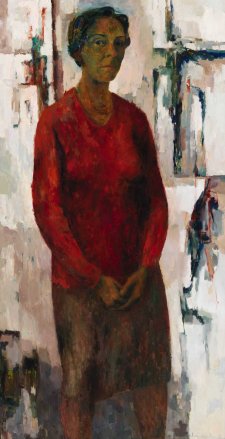


Jean Appleton’s 1965 self portrait makes a fine addition to the National Portrait Gallery’s collection writes Joanna Gilmour.
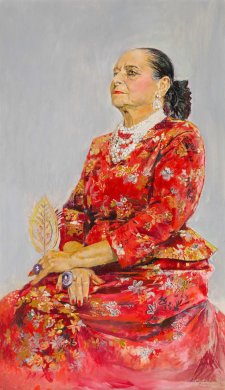
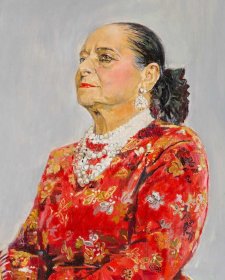

Well behaved women seldom make history, as the saying goes, and the National Portrait Gallery, consequently, is full of awesome Australian women who refused to conform to narrow ideas about their place and their worth.